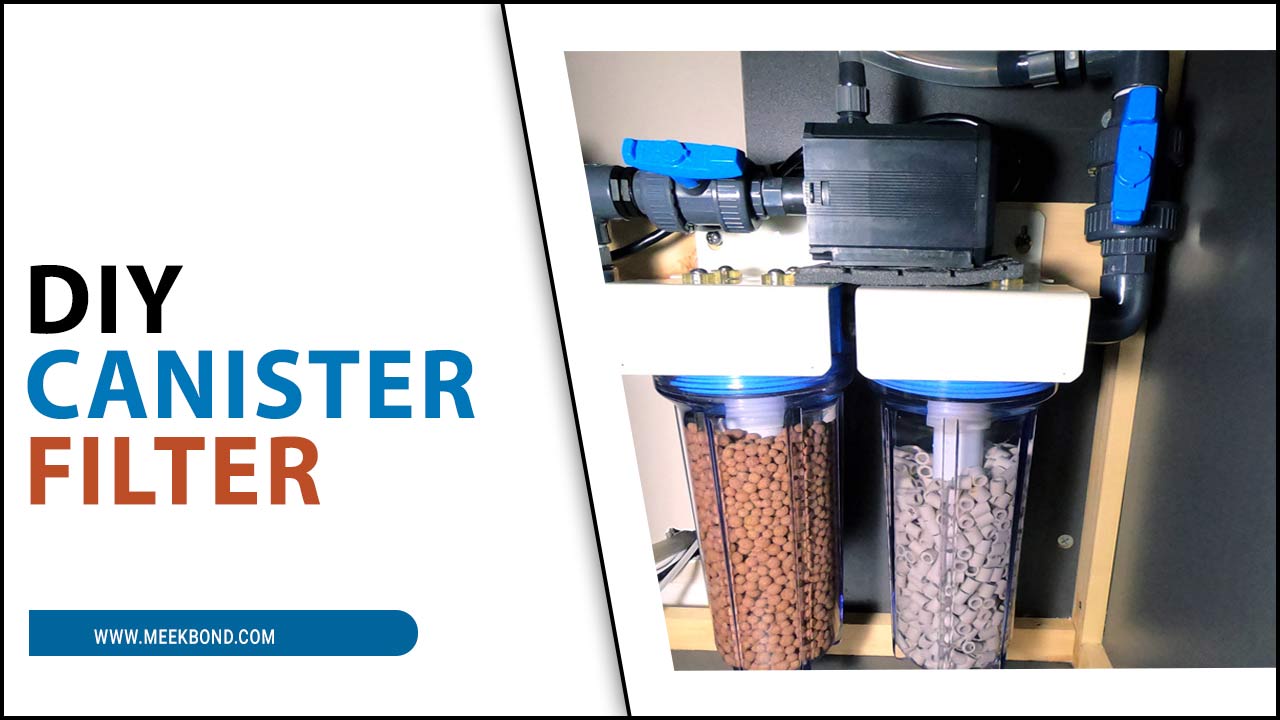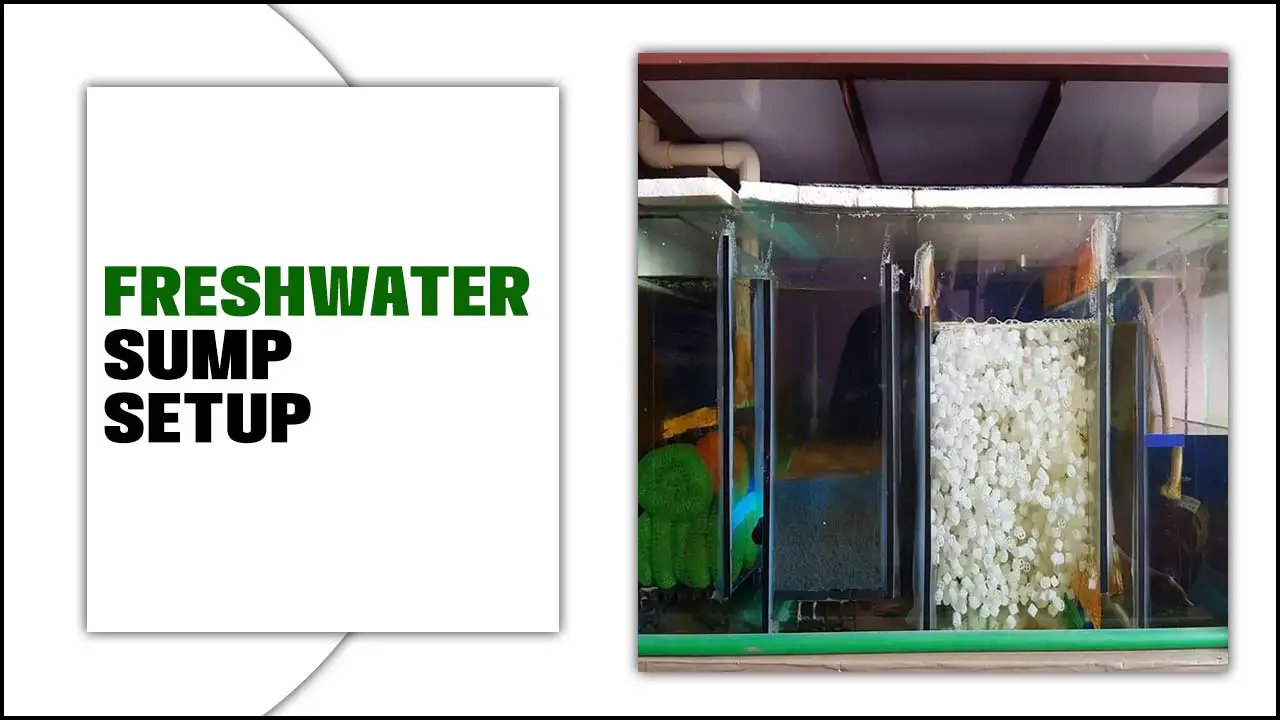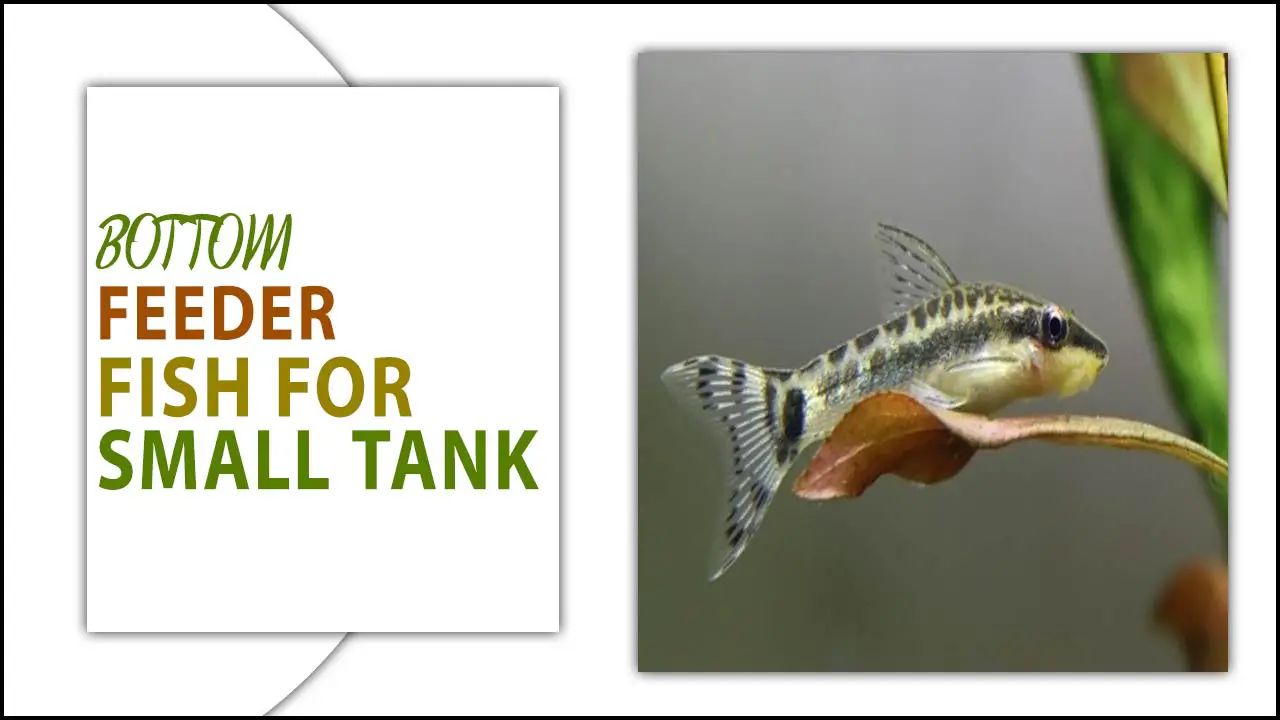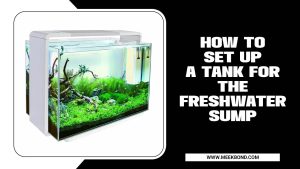Aquarium water quality is one of the most important aspects of keeping your fish healthy and happy. Cycle your aquarium water, test it regularly, and take steps to ensure its quality. It may take some patience, but with a little care, you’ll be able to keep your fish healthy and happy. When it comes to aquarium water, quality is key.
And for beginner hobbyists, this often means cycling water, testing water, and nitrifying bacteria growth. It will also provide tips on how to make a schedule for tank changes and advice on how to deal with issues such as old tank syndrome and aquarium water buffering. So if you’re new to aquarium water quality and want to be able to make informed decisions, read on!

Cycling & Testing Aquarium Water-Follow The Below Steps
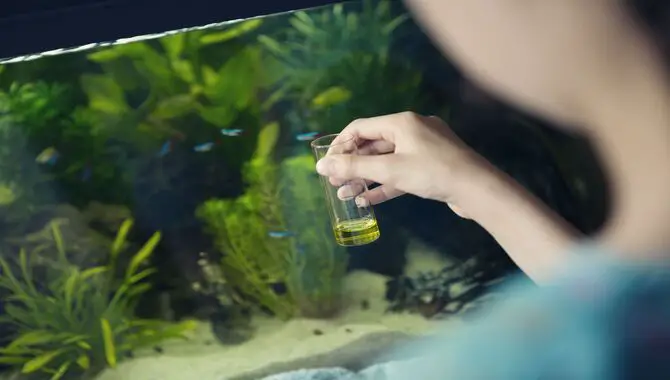
A healthy aquarium water cycle is vital for a tank full of fish. Cycling and testing aquarium water is one of the most important steps in keeping your fish healthy.
Cycling can take anywhere from a few days to several weeks, so be patient! Making small changes to water parameters (such as nitrite, nitrate, alkalinity, and water hardness) can help to keep your fish in optimal condition. It’s also important to test the water regularly for contaminants and conditions that may harm your fish.
1.Testing Tap Water Before Water Goes In The Tank

Aquarium water quality is of utmost importance. It’s crucial to test tap water before using it to fill up your aquarium, as many fish die from water with poor quality. There are many ways to test the water, so find the one that works best for you. One of the most common methods is called a water testing kit.
This kit includes different test items that you put in water and observe the results. Be patient when cycling new tanks, and be sure not to over-water or under-water your tank! If all goes well, your fish will thank you for years to come!
2.Aquarium Cycling & Nitrifying Bacteria Growth

Keeping your aquarium water quality cycling and nitrifying is crucial for keeping your fish healthy. Cycle your aquarium water by slowly changing half of the water every two to four weeks, depending on the nitrifying bacteria strain you’re using.
This process helps to keep the Nitrifying Bacteria alive and healthy and allows the tank to cycle properly. Additionally, test your aquarium water every week to monitor nitrification levels. If you see any signs of bad bacteria growth, act quickly and cycle your tank again! Aquarium cycling can be a tedious process, but it’s well worth the effort in terms of fish health and happiness.
3.New Tank Syndrome & White Cloudy Aquarium Water

Aquarium water quality can be a frustrating issue to deal with, but with a little bit of knowledge and patience, it can be fixed. Here are four of the most common causes of cloudy aquarium water and the methods to fix them: new tanks, cycling an aquarium, overfeeding fish, and Cloudy white Syndrome.
If the water is still cloudy after following these steps, then there’s likely something else causing the issue (like white Cloudy Syndrome). In this case, treatment options for white Cloudy Syndrome vary depending on its cause but often involve changing or treating the aquarist’s environment as well as medications or supplements to help with tank recovery.
Keep in mind that cycling an aquarium can also cause water quality issues, so be sure to cycle your tank in a way that minimizes this possibility.
4.Ammonia, Nitrite, Nitrate, And Ph

A fish tank’s water quality is closely monitored by measuring ammonia ( NH3 ), nitrite ( NO2 ), nitrate ( N0 3 ), and pH levels. The nitrogen cycle, in particular, is a critical process in keeping aquarium water healthy, and cycling your tank allows the nitrifying bacteria to work properly.
Many fish owners find that testing their aquarium water weekly is the best way to monitor these levels – Nitrite levels should never rise above 0 ppm, and ammonia levels should not exceed 4 ppm. If you see any change or growth of bad bacteria, it’s important to cycle your tank again as soon as possible.
5.Partial Aquarium Water Change: Make A Schedule

Keeping aquarium water quality cycling and testing is important for the aquarium’s health and the fish’s well-being. A partial aquarium water change can be done every two to three weeks or as needed.
Make sure all the aquarium equipment is properly calibrated before beginning the cycle, and don’t worry if your fish look tired – they’ll get their energy back after the water change is complete! Remember to keep a schedule, so you know when and how often to do a water change. And lastly, cycling and testing your water will help prevent aquarium fish diseases.
6.Old Tank Syndrome & Aquarium Water Buffering

Aquarium water quality is of utmost importance, and keeping it clean and cycling regularly is key. Cycling is the process of cycling water through its water cycle – this includes water changes, water cycling, water chemistry, water nitrifying bacteria, and water algae control.
Testing water regularly is important to keep track of water pH, hardness, and other parameters. If levels start dropping or there are signs of foul odor, it’s time to cycle again! Aquariums also require patience – don’t worry if you see little changes over a few weeks rather than overnight. It’s all worth it when you see your fish thriving in healthy aquarium water.
Conclusion
Water quality is important in any aquarium, but it becomes even more crucial when cycling or installing a new tank. Test water quality regularly to ensure that your fish are receiving the best possible care. Having a healthy aquarium is like having a well-dressed outfit.
It’s all about the right combination of different ingredients that come together to make a beautiful, flourishing environment for your fish. For this reason, it’s vital to cycle and tests your aquarium water regularly, so you’ll always know what kind of conditions are best for keeping your pets in good health.
You can also use the cycle test kit from Aquarium Patio to simplify the process by just dipping one piece of paper into your tap water every week or so! The kit comes with everything you need to get started testing and cycling your tank water today.
Frequently Asked Questions
How Often Should I Test My Aquarium Water?
Most aquarists test their aquarium water at least once a week in order to monitor any changes such as the presence of harmful bacteria, nitrates, and phosphates.
Testing your water also helps to detect when water changes (such as adding new fish or plants) might be necessary. Aquarium water quality should be monitored on a regular basis to ensure the optimum conditions for your fish and invertebrates.
What Are The Cycling Guidelines For Aquarium Water?
To cycle the aquarium water, it is important to start with fresh and clean water. After you’ve set up your tank and added fish, water test kit, and plants, it is time to cycle the tank. The general cycling process for aquariums goes like this:
Add 1/2 of the tank’s total water volume to the tank.
Allow the water to cycle for 10 to 14 days.
Do a partial water change, removing 1/4 of the tank’s water to replace it with new tap water.
What Should I Do If My Tank’s Filter Starts Making Weird Noises?
If your fish are making weird noises and your tank’s filter is starting to make weird noises, it could be because of a cycling issue. To cycle your aquarium, you first need to remove all the water and add new fresh water. Once you have cycled the tank, test the water quality by doing a nitrite/nitrate measurement.
If the nitrite levels are high or if there are any other issues with your tank’s environment, such as ammonia or pH imbalance, then you will need to take corrective action accordingly.
What Are The Best Ways To Test Water Quality In An Aquarium?
One of the best ways to test aquarium water quality is through a water testing kit. This will allow you to determine the levels of nitrate, ammonia, and phosphates in your aquarium water. If a water testing kit isn’t your thing, then you can also use the pH scale or salt test.
The pH scale measures the acidity or alkalinity of water, while the salt test determines the level of salts present. Finally, cycling an aquarium is another great way to maintain its water quality as it helps reduce the level of harmful algae and bacteria. Wait for at least three weeks after cycling before adding any new fish.
Is It Possible To Over-Water A Newly Installed Or Cycled Aquarium?
It is not possible to water an aquarium too much when cycling or installing it. Begin by not watering the tank for the first 24 hours, and then test the water quality every few days to determine if any adjustments need to be made. When cycling an aquarium, do so gradually over a period of two weeks.
During this time, water the aquarium for only two hours per day, followed by a two-hour break the following day. You should then water the aquarium for four hours daily until the cycle is complete.

Aquarium passion is all about connecting with the aquatic life and providing education to the public on the importance of these creatures. We showcase a wide variety of marine life through our exhibits as well as working with schools to provide unique learning opportunities for students of all ages.


